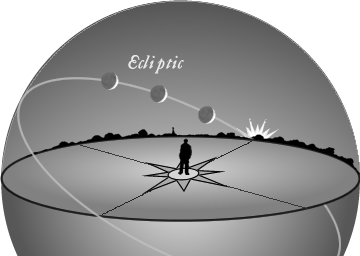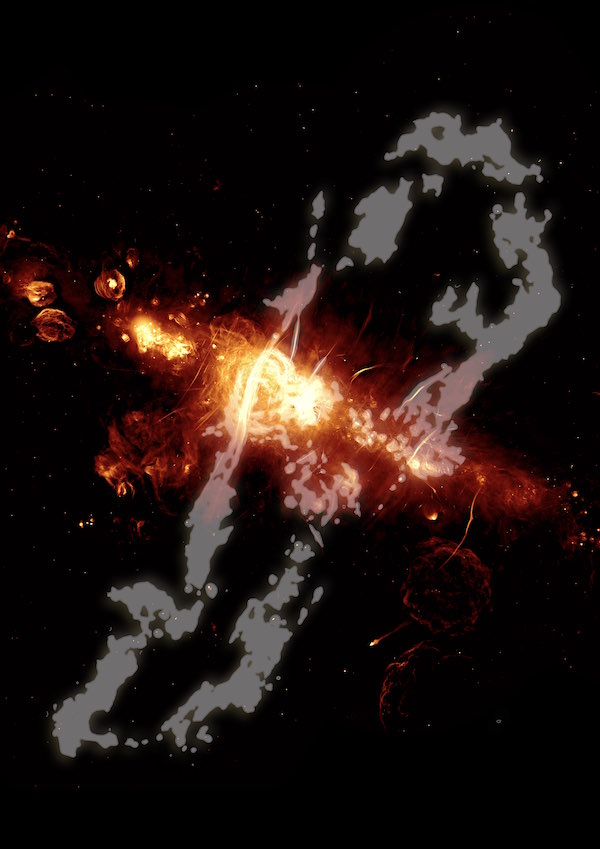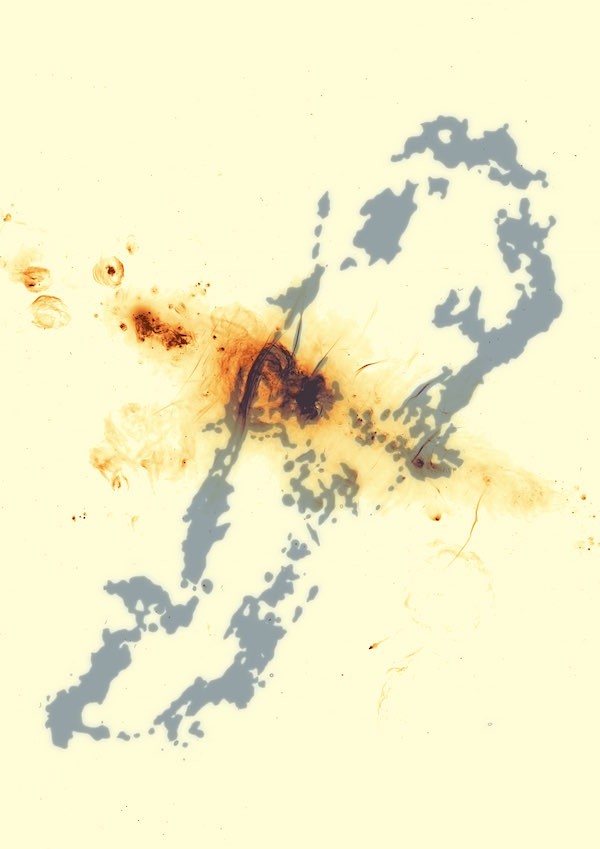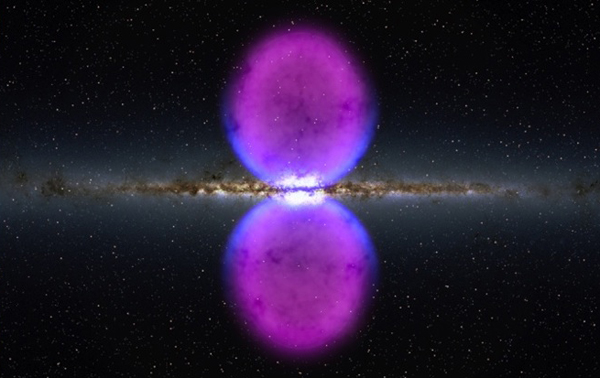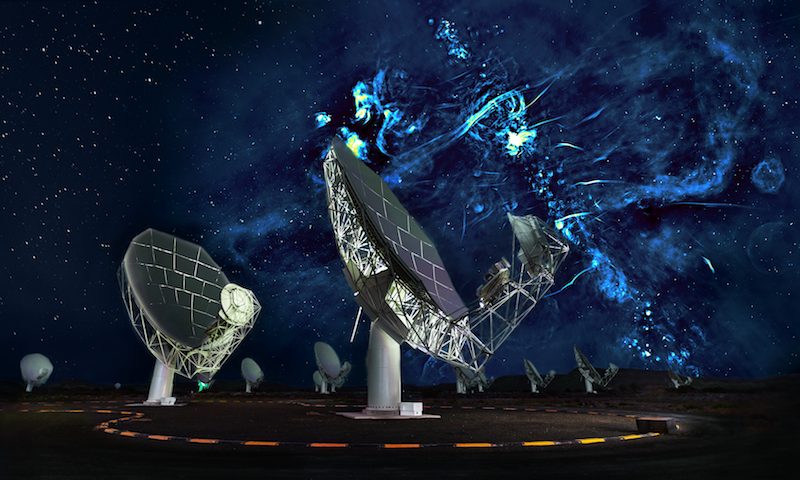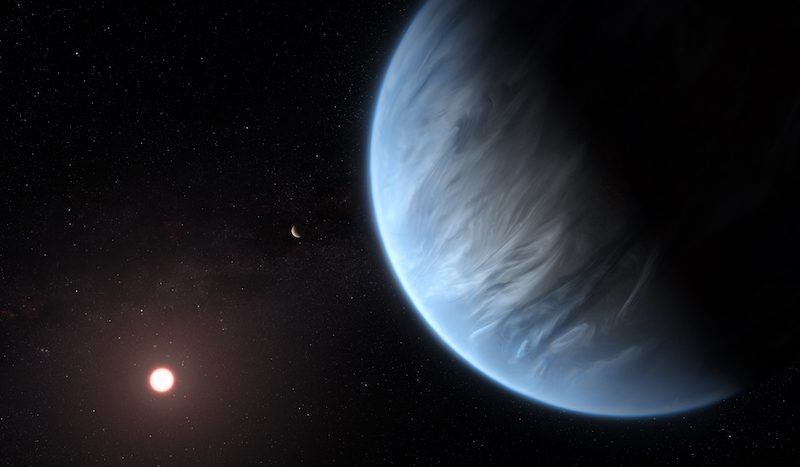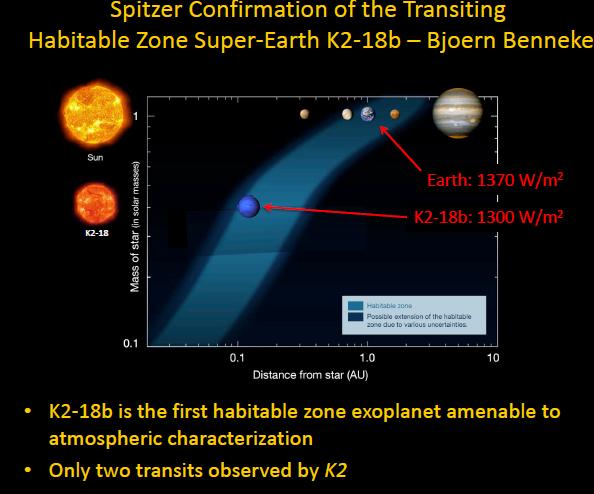Our ambition is that 3 in 4 people will survive their cancer by 2034. And while cancer outcomes may differ from country to country, the goal of improving cancer survival is one that’s reflected across the world.
A good way for countries to monitor their progress in improving cancer care is by comparing how many people get cancer (incidence), how many survive (survival) and how many die from their cancer (mortality) to see how they measure up. If survival is higher, and incidence and mortality are lower, it’s clear that a country is on the right track.
“No one country manages cancer perfectly,” says John Butler, a consultant specialising in gynaecological cancer surgery. “ But international studies enable countries to learn lessons from one another to with the aim of improving their own cancer policies.”
And in the latest study, published in Lancet Oncology by the International Cancer Benchmarking Partnership, some promising trends have emerged. Survival has improved for the 7 cancer types studied in all countries between 1995 and 2014.
But the figures also underline how much progress still needs to be made in the UK to equal the best outcomes globally. With the exception of ovarian and oesophageal, the UK has the lowest survival figures for the cancers studied.
What do the latest figures show?
Big, international studies like this are a task for the International Cancer Benchmarking Partnership (ICBP). Led by clinicians, researchers and policymakers from around the world, the team compare trends in cancer survival, incidence and mortality rates across seven countries with similar healthcare systems: UK, Australia, Canada, New Zealand, Denmark, Norway and Ireland. Something that’s never been done before.
Comparisons like this can be tricky – mainly because countries collect and record data in slightly different ways, something the ICBP is looking at in more detail. But despite the challenges, the latest figures from the ICBP are the best available and will only get better as more analysis is done.
The team has been collecting data from seven cancer types – ovary, lung, colon, rectum, pancreas, oesophagus and stomach – since 1995.
And the latest figures, covering 1995 to 2014, reveal some stark differences in cancer survival between countries. Generally, cancer survival is higher in Australia, Canada and Norway than in Denmark, Ireland, New Zealand and the UK.
Similar trends can be seen for individual cancer types, like lung cancer. From the graphs we can see that Australia has the highest lung cancer survival, and Ireland has made the greatest increase in survival over time. But despite big improvements in lung cancer survival, the UK remains bottom of the list for this cancer type.

The latest lung cancer survival figures from ICBP.
Why is the UK lagging behind?
There are many, complex reasons that could explain why we have lower survival compared to other countries.
Butler, the lead clinical advisor for ICBP, says there are some factors that will affect survival in all cancer types. “The UK health system is under great pressure, with increasing demands on cancer diagnostics and more urgent referrals”. And that could affect survival figures. Diagnosing and treating cancer early gives patients the best chance of surviving their cancer, but it relies on having enough NHS staff and funding in place to make this a reality – something the NHS doesn’t currently have.
But there are also more specific reasons that may explain differences between countries for some cancers.
Take ovarian cancer for example. Patients diagnosed in the UK appear to be diagnosed at similar stages to other countries, but survival is lower. This suggests there could be improvements in how these patients are treated.
And as Butler elaborated, this is amplified in older patients.
Older patients are more likely to have other health problems, which often make it more challenging to perform surgery or deliver chemotherapy. More is needed to be done to understand these patients’ complex needs and improve treatments for them, as we’ve blogged about before, as well as to understand why this is an issue particularly for the UK.
But when looking at survival as a whole, it’s useful to consider where we started. In 1995, the UK had some of the lowest survival estimates of the seven countries studied. This means that even though we have made improvements in certain cancers, we’re starting from a lower baseline. Which makes it that much harder for us to catch up with the countries who have higher survival.
And it’s where comparing our progress to other countries can help.
What can we learn from other countries?
Denmark was in a similar place to the UK with their survival in 1995. But as Jesper Fisker, chief executive officer of the Danish Cancer Society, told us “There’s been great progress in Danish cancer survival – which is the result of massive efforts and investments in the cancer field over the past 20 years”.
They’ve also made major strides towards centralising their cancer services, meaning cancer patients are treated in fewer, more specialised centres, with the best clinicians for their cancer type.
And it’s paid off – Denmark has seen real improvements in cancer survival – such as increasing their 1-year survival of lung cancer from 27.5% to 46.2% (from 1995-1999 to 2010-2014). The UK has made similar efforts to improve cancer services, with some success, but much more needs to be done.
And it’s not quite as straightforward as it sounds. While Denmark has made big improvements overall, this has not been universal for every cancer type. The same is true for all the countries studied and it’s something the ICBP is working to understand. They’re looking into variations in access people have to diagnostic tests, scans and treatment, as well as differences in healthcare systems that could help to explain the disparity.
Progress for the UK
On the bright side, the UK has made particularly good progress in increasing cancer survival in rectal, ovarian, and oesophageal cancers.
For example, from 1995-1999, 48 in 100 patients were estimated to survive their rectal cancer for 5 years. This has now increased to 62 in 100 patients for 2010-2014, only 8.7% behind Australia, who had the highest rectal cancer survival of the countries studied.
Butler called the progress “encouraging” and said there were lots of factors that could be behind the improvements. The UK produced its first national cancer plan in 2000 and appointed a national cancer director, who helps provide advice and leadership for our cancer services. Since then there’s been more guidance and greater scrutiny of how cancer services are performing, as well as more funding.
There’s also been a move towards cancers being treated in specialised centres, where there will be more relevant cancer expertise.
How can the UK catch up?
But despite the improvements, there’s clearly more work to be done in the UK.
For Butler, investigations into how well cancer services are performing could be a good way to start. For example, national audits in the UK for lung cancer have increased the number of people having surgery, as well as the number of specialised lung cancer surgeons. Replicating this approach could help the NHS direct its efforts to improve outcomes for other types of cancer.
And while the UK government have introduced a range of policies between 1995-2014 to improve cancer services and speed up diagnosis and treatment, these have added to the strain on NHS services.
It’s crucial that investment into cancer services is increased to match the ever-growing demand. As Butler told us, “one of the biggest challenges the UK faces is capacity of diagnostic services.”
>> Join us in telling the Government that enough is enough with NHS staff shortages
Charlotte Lynch is a research officer in the ICBP team at Cancer Research UK

from Cancer Research UK – Science blog https://ift.tt/2Q64OY8

Our ambition is that 3 in 4 people will survive their cancer by 2034. And while cancer outcomes may differ from country to country, the goal of improving cancer survival is one that’s reflected across the world.
A good way for countries to monitor their progress in improving cancer care is by comparing how many people get cancer (incidence), how many survive (survival) and how many die from their cancer (mortality) to see how they measure up. If survival is higher, and incidence and mortality are lower, it’s clear that a country is on the right track.
“No one country manages cancer perfectly,” says John Butler, a consultant specialising in gynaecological cancer surgery. “ But international studies enable countries to learn lessons from one another to with the aim of improving their own cancer policies.”
And in the latest study, published in Lancet Oncology by the International Cancer Benchmarking Partnership, some promising trends have emerged. Survival has improved for the 7 cancer types studied in all countries between 1995 and 2014.
But the figures also underline how much progress still needs to be made in the UK to equal the best outcomes globally. With the exception of ovarian and oesophageal, the UK has the lowest survival figures for the cancers studied.
What do the latest figures show?
Big, international studies like this are a task for the International Cancer Benchmarking Partnership (ICBP). Led by clinicians, researchers and policymakers from around the world, the team compare trends in cancer survival, incidence and mortality rates across seven countries with similar healthcare systems: UK, Australia, Canada, New Zealand, Denmark, Norway and Ireland. Something that’s never been done before.
Comparisons like this can be tricky – mainly because countries collect and record data in slightly different ways, something the ICBP is looking at in more detail. But despite the challenges, the latest figures from the ICBP are the best available and will only get better as more analysis is done.
The team has been collecting data from seven cancer types – ovary, lung, colon, rectum, pancreas, oesophagus and stomach – since 1995.
And the latest figures, covering 1995 to 2014, reveal some stark differences in cancer survival between countries. Generally, cancer survival is higher in Australia, Canada and Norway than in Denmark, Ireland, New Zealand and the UK.
Similar trends can be seen for individual cancer types, like lung cancer. From the graphs we can see that Australia has the highest lung cancer survival, and Ireland has made the greatest increase in survival over time. But despite big improvements in lung cancer survival, the UK remains bottom of the list for this cancer type.

The latest lung cancer survival figures from ICBP.
Why is the UK lagging behind?
There are many, complex reasons that could explain why we have lower survival compared to other countries.
Butler, the lead clinical advisor for ICBP, says there are some factors that will affect survival in all cancer types. “The UK health system is under great pressure, with increasing demands on cancer diagnostics and more urgent referrals”. And that could affect survival figures. Diagnosing and treating cancer early gives patients the best chance of surviving their cancer, but it relies on having enough NHS staff and funding in place to make this a reality – something the NHS doesn’t currently have.
But there are also more specific reasons that may explain differences between countries for some cancers.
Take ovarian cancer for example. Patients diagnosed in the UK appear to be diagnosed at similar stages to other countries, but survival is lower. This suggests there could be improvements in how these patients are treated.
And as Butler elaborated, this is amplified in older patients.
Older patients are more likely to have other health problems, which often make it more challenging to perform surgery or deliver chemotherapy. More is needed to be done to understand these patients’ complex needs and improve treatments for them, as we’ve blogged about before, as well as to understand why this is an issue particularly for the UK.
But when looking at survival as a whole, it’s useful to consider where we started. In 1995, the UK had some of the lowest survival estimates of the seven countries studied. This means that even though we have made improvements in certain cancers, we’re starting from a lower baseline. Which makes it that much harder for us to catch up with the countries who have higher survival.
And it’s where comparing our progress to other countries can help.
What can we learn from other countries?
Denmark was in a similar place to the UK with their survival in 1995. But as Jesper Fisker, chief executive officer of the Danish Cancer Society, told us “There’s been great progress in Danish cancer survival – which is the result of massive efforts and investments in the cancer field over the past 20 years”.
They’ve also made major strides towards centralising their cancer services, meaning cancer patients are treated in fewer, more specialised centres, with the best clinicians for their cancer type.
And it’s paid off – Denmark has seen real improvements in cancer survival – such as increasing their 1-year survival of lung cancer from 27.5% to 46.2% (from 1995-1999 to 2010-2014). The UK has made similar efforts to improve cancer services, with some success, but much more needs to be done.
And it’s not quite as straightforward as it sounds. While Denmark has made big improvements overall, this has not been universal for every cancer type. The same is true for all the countries studied and it’s something the ICBP is working to understand. They’re looking into variations in access people have to diagnostic tests, scans and treatment, as well as differences in healthcare systems that could help to explain the disparity.
Progress for the UK
On the bright side, the UK has made particularly good progress in increasing cancer survival in rectal, ovarian, and oesophageal cancers.
For example, from 1995-1999, 48 in 100 patients were estimated to survive their rectal cancer for 5 years. This has now increased to 62 in 100 patients for 2010-2014, only 8.7% behind Australia, who had the highest rectal cancer survival of the countries studied.
Butler called the progress “encouraging” and said there were lots of factors that could be behind the improvements. The UK produced its first national cancer plan in 2000 and appointed a national cancer director, who helps provide advice and leadership for our cancer services. Since then there’s been more guidance and greater scrutiny of how cancer services are performing, as well as more funding.
There’s also been a move towards cancers being treated in specialised centres, where there will be more relevant cancer expertise.
How can the UK catch up?
But despite the improvements, there’s clearly more work to be done in the UK.
For Butler, investigations into how well cancer services are performing could be a good way to start. For example, national audits in the UK for lung cancer have increased the number of people having surgery, as well as the number of specialised lung cancer surgeons. Replicating this approach could help the NHS direct its efforts to improve outcomes for other types of cancer.
And while the UK government have introduced a range of policies between 1995-2014 to improve cancer services and speed up diagnosis and treatment, these have added to the strain on NHS services.
It’s crucial that investment into cancer services is increased to match the ever-growing demand. As Butler told us, “one of the biggest challenges the UK faces is capacity of diagnostic services.”
>> Join us in telling the Government that enough is enough with NHS staff shortages
Charlotte Lynch is a research officer in the ICBP team at Cancer Research UK

from Cancer Research UK – Science blog https://ift.tt/2Q64OY8






